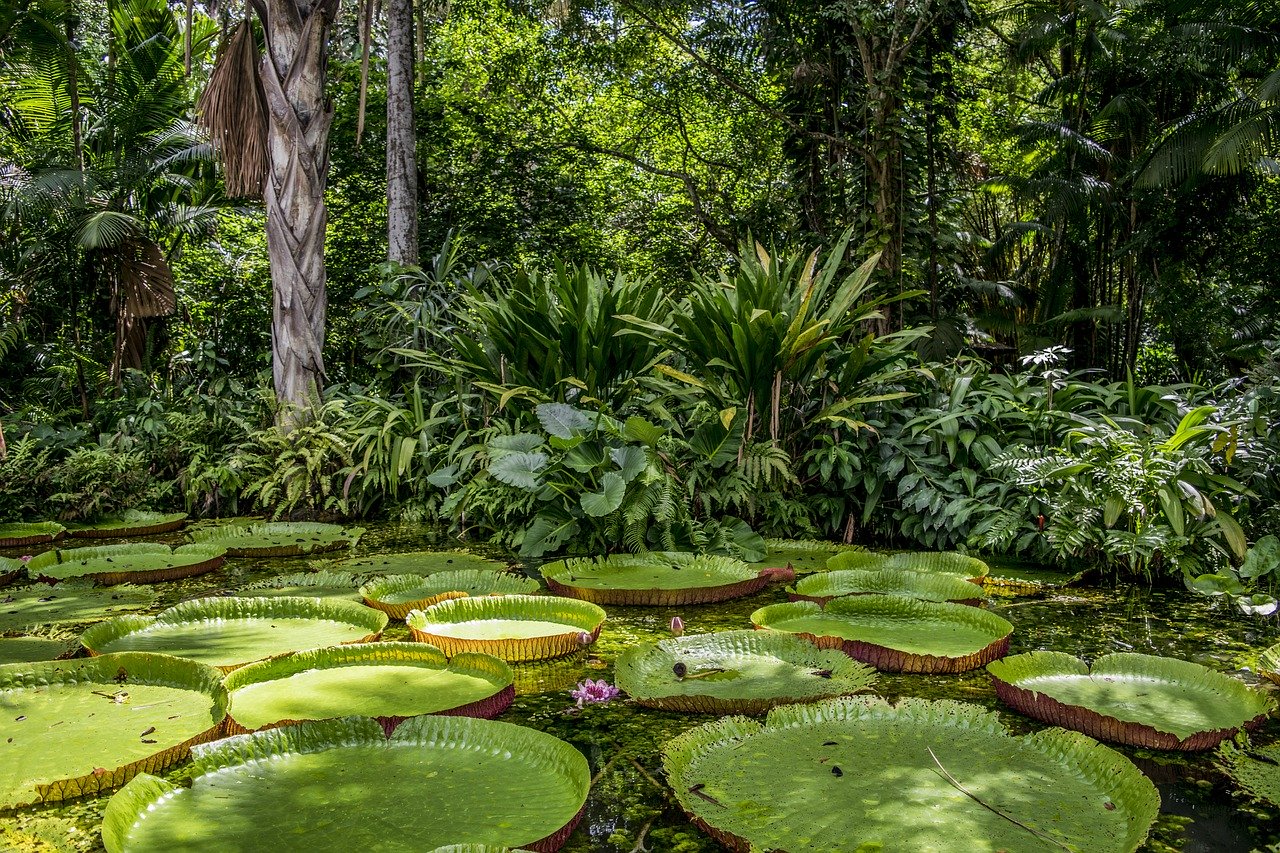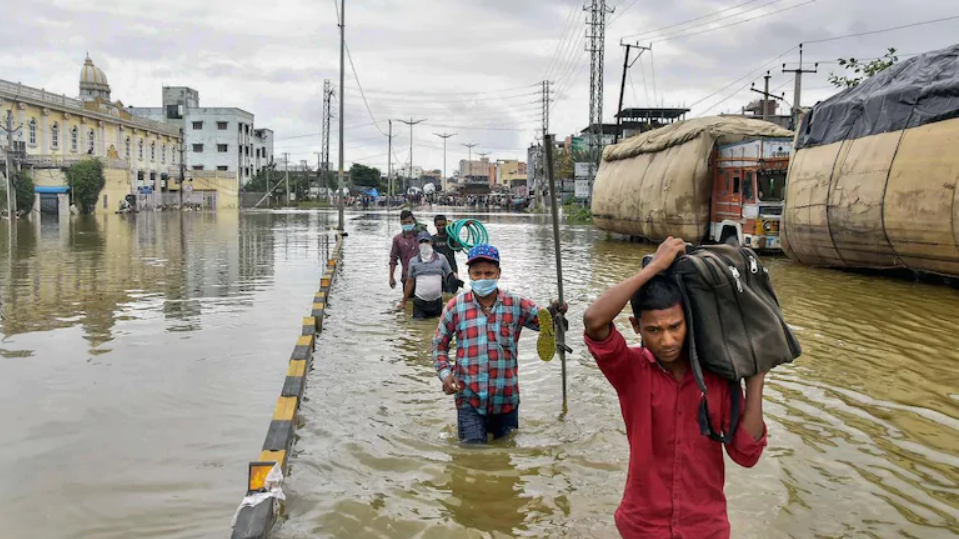The Amazon Rainforest and Climate Change
2 mins read
•
Updated 1 year ago

Rainforests lock up vast amounts of carbon, moderate local temperature and influence rainfall and weather patterns at regional and planetary scales. The Amazon rainforest is the largest intact tropical forest on Earth. It houses the greatest biodiversity of flora & fauna and powers the world’s largest and longest river. It is also home to a majority of indigenous groups still living in isolation from the rest of humanity.
The Amazon River, which drains an area nearly the size of the forty-eight contiguous United States, contains 20 percent of the Earth’s fresh water. From poison dart frogs and giant anteaters to golden lion tamarins and stinging bullet ants, the Amazon rainforest is the most species-rich biome on Earth, with more diverse plant life in a single acre than may be found in many American states. It is home to 10 percent of the world’s species, including 2.5 million species of insect.
The Amazon covers 2.6 million square miles (6-8 Million sq. km.) across nine countries — Brazil, Bolivia, Peru, Colombia, Ecuador, Venezuela, Guyana, Suriname, and French Guiana. It contains 628 million hectares of tree cover, including 526 million hectares of primary forest. Since all forests store carbon, the Amazon rainforest acts as a major carbon sink that mitigates the effects of fossil fuel emissions. Beyond this type of
climate control, the Amazon rainforest produces 20 percent of all oxygen on planet Earth.The Amazon rainforest is made up of 360bn trees from at least 16,000 species. Brazil’s leading archeologist, Eduardo Neves of the University of São Paulo, notes that açaí palm trees are the most common tree in the forest, which is a primary source of nutrition in the Amazon. This is unlikely to be an accident, according to Neves. “The forest is not just the product of natural forces; it was nurtured by indigenous knowledge,” notes Neves. For about 10,000 years, the indigenous residents of the forest cleared less than 0.5% of the Amazon while planting productive trees that enriched the soil and increased biodiversity. The population thrived, reaching at least 8 million before European colonialists arrived. These new arrivals brought diseases such as malaria, influenza and measles that – along with slavery and violence – wiped out 90% of the Amazon’s indigenous population.
forests
climate change
amazon
biodiversity
Authors
Related Articles

Assam Floods and Climate Change: Addressing the elephant in the room
Flood in Assam is an annual phenomenon. Across the years, it has aggravated and disproportionately affect populations in the lowest economic strata in the state and the marginalised communities whose livelihood, shelter and access are disrupted.
Read more

Climate Change and Urban Infrastructure in Relevance to Hyderabad Flooding
Climate Change and Urban Infrastructure in Relevance to Hyderabad Flooding by Gurleen Kaur Matharu
Read more

Water and Climate Change: Lessons learnt from Chennai Floods
Read more